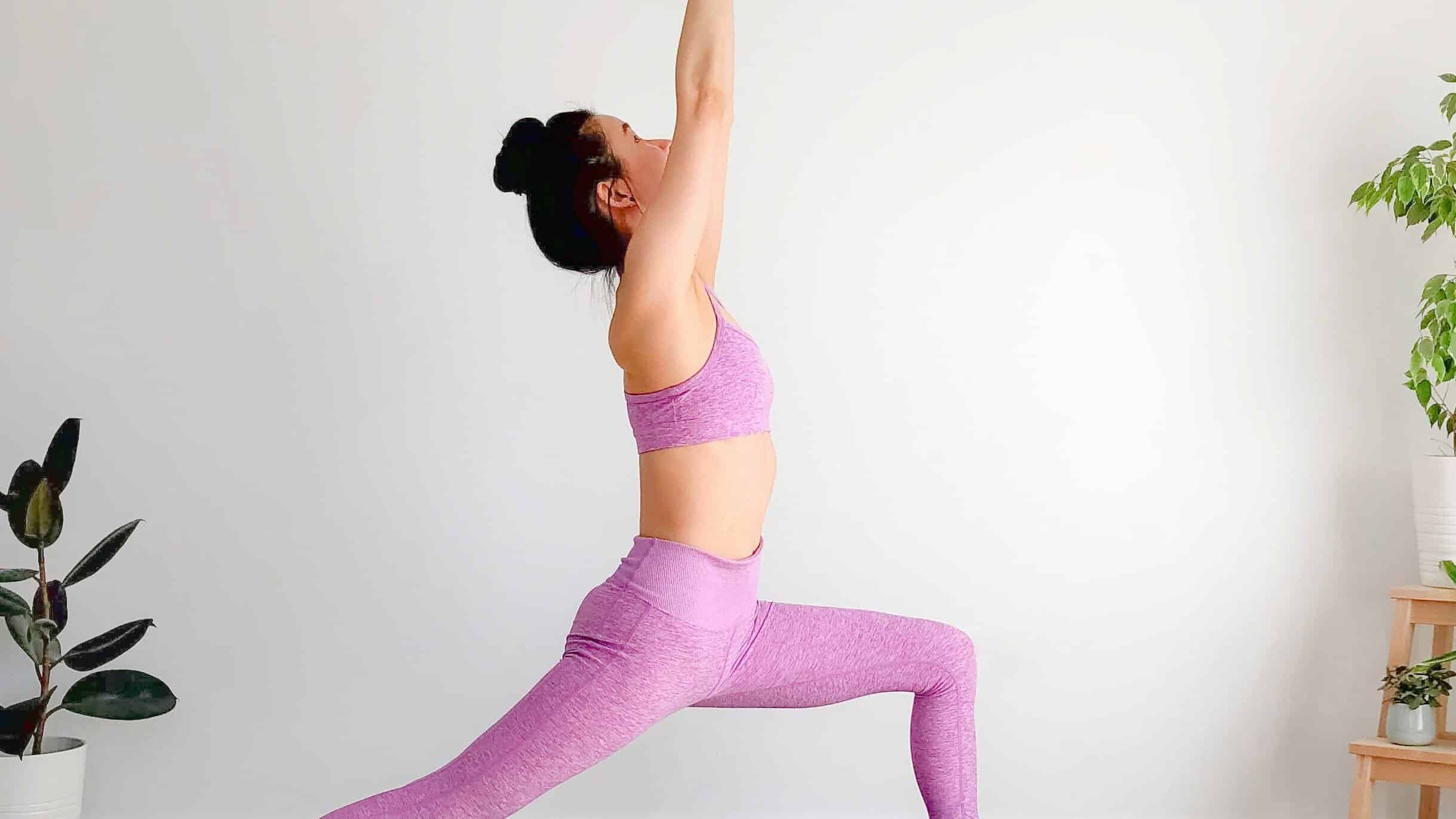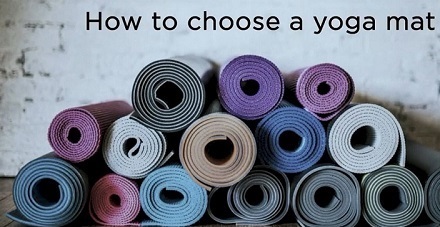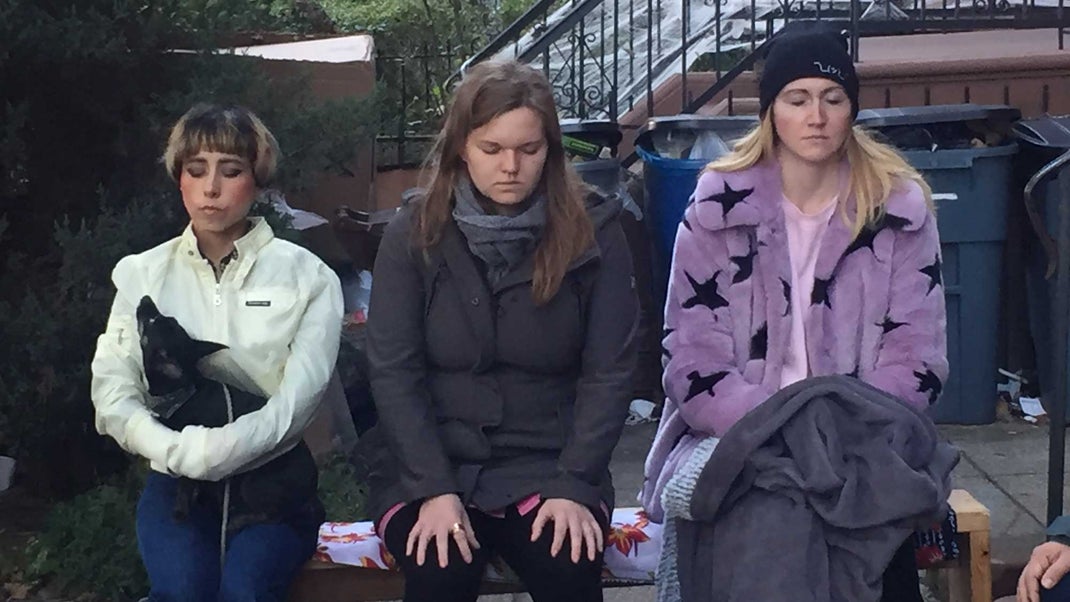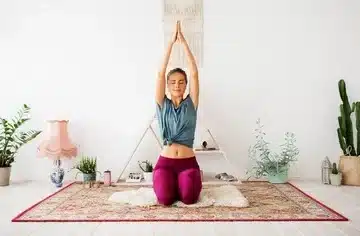Yoga challenges for advanced practitioners in 2024 are focused on mastering complex poses and deepening mindfulness. These practitioners seek to push their physical and mental limits, while also incorporating advanced breathing techniques and meditation practices into their routines.
As the yoga community evolves, advanced practitioners are constantly seeking new challenges and methods to deepen their practice.
Whether it’s mastering inversions, exploring advanced pranayama techniques, or delving into the philosophical aspects of yoga, advanced practitioners are always looking for new ways to grow and evolve on their mat.
We will explore some of the most pressing challenges facing advanced yoga practitioners in 2024 and how they can continue to progress on their yoga journey.
The Evolution Of Yoga
Yoga has undergone a profound transformation since its ancient origins, evolving into a multifaceted practice that caters to the needs of advanced practitioners in 2024. From its roots in ancient India to its current global influence, the journey of yoga is a testament to its adaptability and enduring relevance.
Ancient Origins Of Yoga
The origins of yoga can be traced back to ancient India, where it was practiced as a spiritual discipline aimed at achieving harmony between the mind, body, and soul. The ancient yogis developed various techniques such as asanas, pranayama, and meditation to foster self-realization and transcendence.
Yoga’s Transformation Through The Ages
Over the centuries, yoga has adapted to diverse cultural, social, and geographical environments, leading to the emergence of different schools of yoga such as Hatha, Vinyasa, Ashtanga, and Kundalini. This evolution has enriched the practice, offering advanced practitioners a wide array of styles and approaches to explore.
The Rise Of Advanced Yoga Practices
In 2024, the yoga community has witnessed a significant surge in advanced yoga practices. With yoga enthusiasts seeking greater physical and mental challenges, the demand for advanced yoga has never been higher.
Demand For Challenging Yoga
The demand for challenging yoga has been on the rise among advanced practitioners. They are constantly seeking new and innovative ways to push their boundaries and deepen their practice.
Benefits Of Advanced Yoga
The benefits of advanced yoga are immense. Improved flexibility, enhanced strength, better focus, and stress reduction are just some of the many advantages that attract experienced yogis to advanced practices.
Mind-body Connection In Advanced Yoga
Advanced yoga places a strong emphasis on the mind-body connection. Practitioners cultivate a deeper awareness of their bodies, thoughts, and emotions, leading to a profound sense of self-awareness and inner peace.
Exploring Advanced Yoga Poses
For advanced yoga practitioners, the journey goes beyond the basics of downward dog and warrior poses. It involves pushing the limits of flexibility, strength, and balance to conquer more challenging asanas. Today, we will dive into the world of advanced yoga poses and explore the beauty and benefits they offer to the dedicated yogis who dare to take their practice to the next level.
Beyond The Basics: Advanced Poses
Advanced yoga poses offer a whole new level of physical and mental challenge. With a strong foundation in the basic asanas, advanced practitioners can transition seamlessly into more complex poses that require refined alignment, focus, and control. These poses not only strengthen and stretch muscles but also enhance overall body awareness and mindfulness. Whether it’s mastering arm balances, inversions, or deepening backbends, exploring advanced poses can unlock new dimensions of the yoga practice.
Challenging Arm Balances
In the world of advanced yoga, arm balances take center stage. It’s a true test of strength, balance, and concentration. Adho Mukha Vrksasana (Handstand), Bakasana (Crow Pose), and Astavakrasana (Eight-Angle Pose) are just a few examples of arm balances that challenge the practitioner to find equilibrium while supporting their body weight on their hands. These poses build upper body strength and core stability, leading to improved balance and coordination.
Mastering Inversions
Inversions, where the body is positioned upside down, offer a new perspective both physically and mentally. Salamba Sirsasana (Headstand), Pincha Mayurasana (Forearm Stand), and Sarvangasana (Shoulderstand) are popular inversions that strengthen the upper body and core, stimulate the circulatory system, and improve focus and balance. By mastering inversions, advanced yogis develop a deeper sense of connection between mind and body.
Deepening Backbends
Advanced practitioners often strive to unlock the potential of their backbends. Poses like Urdhva Dhanurasana (Wheel Pose), Dhanurasana (Bow Pose), and Kapotasana (Pigeon Pose) require heightened flexibility and core strength.
Deepening backbends not only increase spinal flexibility but also open the heart, promoting a sense of vulnerability, courage, and emotional release. These powerful poses have the potential to transform both the body and the mind.
Unlocking Flexibility
Advanced yoga poses challenge even the most flexible practitioners to push their limits further. Poses such as Hanumanasana (Splits), Eka Pada Rajakapotasana (King Pigeon Pose), and Natarajasana (Dancer’s Pose) demand a combination of flexibility, strength, and balance. By actively working on unlocking flexibility, advanced yogis expand their range of motion, increase joint mobility, and improve overall athleticism. The journey to greater flexibility is a constant reminder of the rewarding synergy between effort, patience, and self-acceptance.
The Importance Of Breathwork
Discover the transformative power of breathwork in advanced yoga challenges. Enhance your practice and deepen your awareness by incorporating conscious breathing techniques, allowing you to access new levels of physical and mental strength.
Pranayama: Harnessing The Power Of Breath
Breath control is an essential aspect of advanced yoga practice. Pranayama, or breath control, allows advanced practitioners to tap into the power of breath and explore new depths in their practice. Pranayama techniques involve conscious regulation of the breath, aiding in calming the mind, energizing the body, and expanding one’s spiritual journey.
Breathing Techniques For Advanced Practitioners
As advanced yogis dive deeper into their practice, they encounter new challenges and opportunities for growth. One way to overcome these challenges and expand their practice is through various breathing techniques. These techniques help advanced practitioners develop a more refined awareness of their breath and its effects on their body and mind. Here are some powerful breathing techniques that advanced practitioners can incorporate into their daily practice:
Breath Control And Energy Expansion
Breath control goes beyond simply inhaling and exhaling. Advanced practitioners can learn to manipulate their breath in ways that expand their energy and enhance their experience on the mat. By consciously regulating the breath, practitioners can direct energy to specific areas of the body, deepen their stretches, and connect with their inner selves on a profound level. To experience the full benefits of breath control and energy expansion, it is important to practice regularly and with focus. Incorporating these techniques into your yoga routine can unlock new levels of physical and mental strength, enabling you to explore advanced poses and deepen your spiritual connection. Remember, the breath is a powerful tool that can guide your practice and bring you closer to your yoga goals. Embrace the importance of breathwork and allow it to enhance your advanced yoga practice in unimaginable ways.
Building Strength And Endurance
Building Strength and Endurance through yoga challenges for advanced practitioners is a thrilling and transformative journey. As yogis progress in their practice, they often seek new ways to push their limits and further enhance their physical abilities. From functional strength training to bodyweight exercises and endurance-building yoga flows, there are various ways to build strength and endurance to take your practice to the next level. In this blog post, we’ll explore three essential aspects of building strength and endurance for advanced practitioners: Functional Strength Training for Yogis, Bodyweight Exercises for Yoga, and Enhancing Endurance Through Yoga.
Functional Strength Training For Yogis
Functional strength training plays a crucial role in helping advanced yogis develop the stability, balance, and control necessary for challenging poses. By incorporating exercises that mimic real-life movements into their training regimen, yogis can strengthen muscles in a way that supports their practice on the mat.
Some functional strength training exercises that yogis can incorporate into their routine include:
- Single-leg squats
- Plank variations
- Lunges with a twist
- Modified push-ups
These exercises not only target specific muscle groups but also engage the core, helping yogis develop the stability needed for arm balances and inversions. As these exercises challenge your body in different ways, your overall strength and control will improve, enabling you to tackle more advanced yoga poses.
Bodyweight Exercises For Yoga
Bodyweight exercises are a fantastic way for advanced yogis to build strength without the need for additional equipment. These exercises utilize your body’s weight as resistance, allowing you to engage multiple muscle groups simultaneously and improve your overall body control.
Some effective bodyweight exercises for advanced yogis include:
- Chaturanga push-ups
- Chair pose variations
- Handstand practice against a wall
- Forearm plank holds
These exercises not only build upper body and core strength but also cultivate the mind-body connection needed to excel in challenging yoga poses. Incorporating these bodyweight exercises into your routine will enhance your overall strength, making advanced poses more accessible and empowering you in your practice.
Enhancing Endurance Through Yoga
Endurance is a crucial aspect of a strong yoga practice, allowing yogis to stay focused and energized throughout challenging sequences. By incorporating specific yoga flows and practices into your routine, you can enhance your endurance and stay grounded, even during longer, more intense classes.
Some effective ways to enhance endurance through yoga include:
- Dynamic vinyasa flows
- Pranayama breathing exercises
- Long holds in challenging poses
- Progressive sequences that build intensity
These practices help yogis cultivate their breath control, build stamina, and strengthen the body-mind connection. By gradually increasing the duration and intensity of your practice, you can challenge your endurance and take your yoga practice to new heights.

Credit: www.sweat.com
Frequently Asked Questions Of Yoga Challenges For Advanced Practitioners 2024
What Do You Find Most Challenging In Practicing Yoga?
The most challenging part of practicing yoga is maintaining focus and discipline during difficult poses. It requires mental strength and patience to find balance and hold poses. Staying present and letting go of distractions can be a challenge.
What Is A Yoga Challenge?
A yoga challenge is a series of poses and routines done over a set period to improve strength and flexibility. It engages participants to commit to a daily practice, promoting physical and mental wellness. Joining a yoga challenge fosters community and accountability while advancing your yoga practice.
What Are The Benefits Of 21 Days Yoga?
Practicing yoga for 21 days offers numerous benefits. It improves flexibility, posture, and strength. Yoga reduces stress, anxiety, and promotes relaxation. It enhances overall well-being, increases mindfulness, and supports better sleep. Additionally, it helps in weight management and increases energy levels.
How Can I Practice Yoga At Home?
To practice yoga at home, find a quiet space, roll out a mat, and start with simple poses. Follow online videos or tutorials, focusing on proper alignment and breathing techniques. Start with beginner-friendly sequences and gradually increase difficulty. Consistency is key to progress.
Enjoy your yoga practice at home.
Conclusion
To summarize, advanced yoga practitioners in 2024 can expect an exciting journey filled with various challenges to push their limits further. From mastering advanced poses to exploring new dimensions of mindfulness, the possibilities are endless. Embracing these challenges will not only enhance physical strength and flexibility but also deepen the connection between body and mind.
Remember, the path of an advanced yogi is ever-evolving, and each challenge is an opportunity for growth and self-discovery. So, step onto your mat with courage, dedication, and an open heart, and let the journey unfold.



